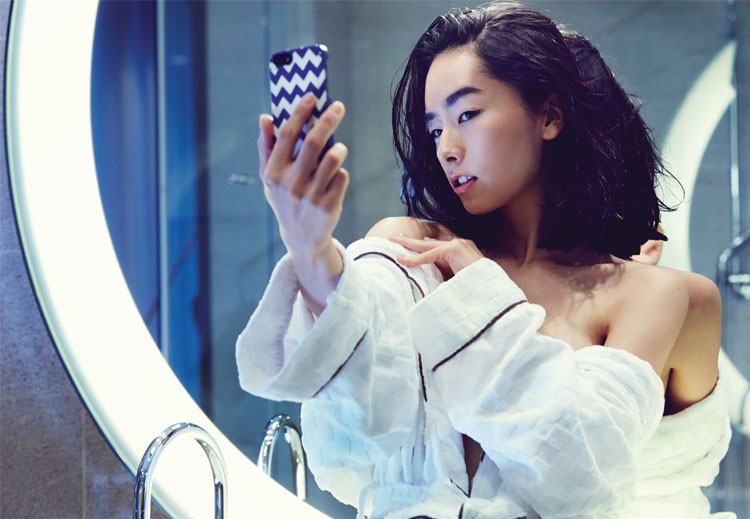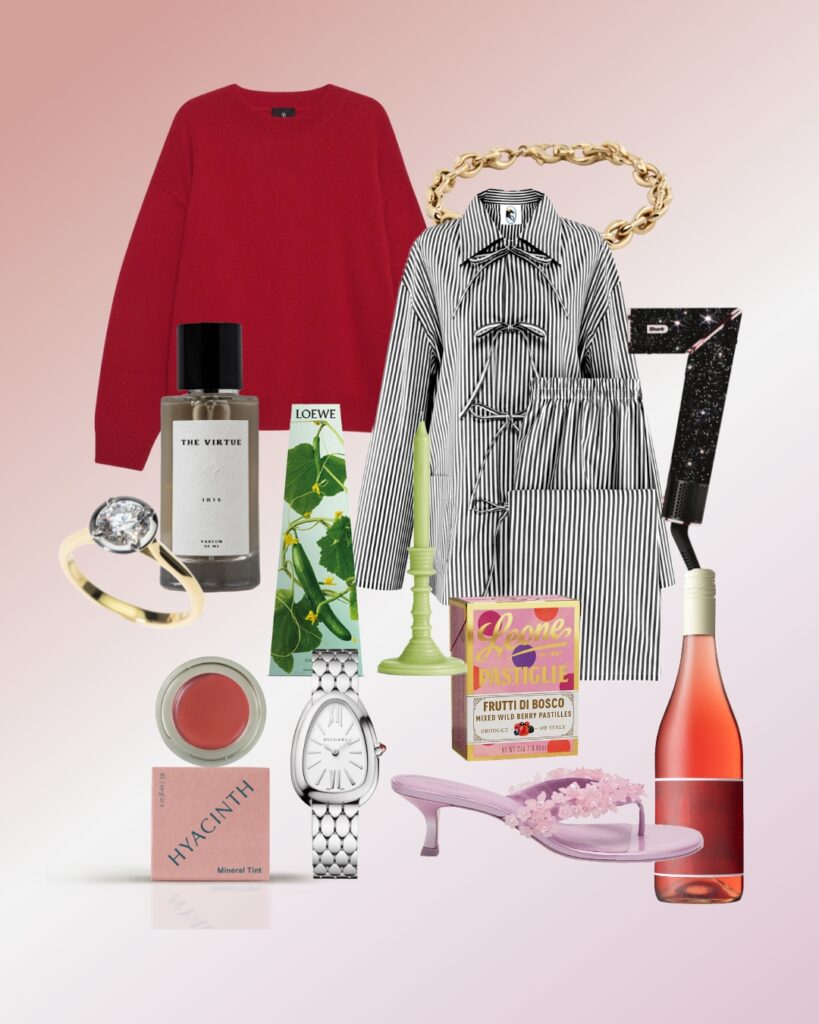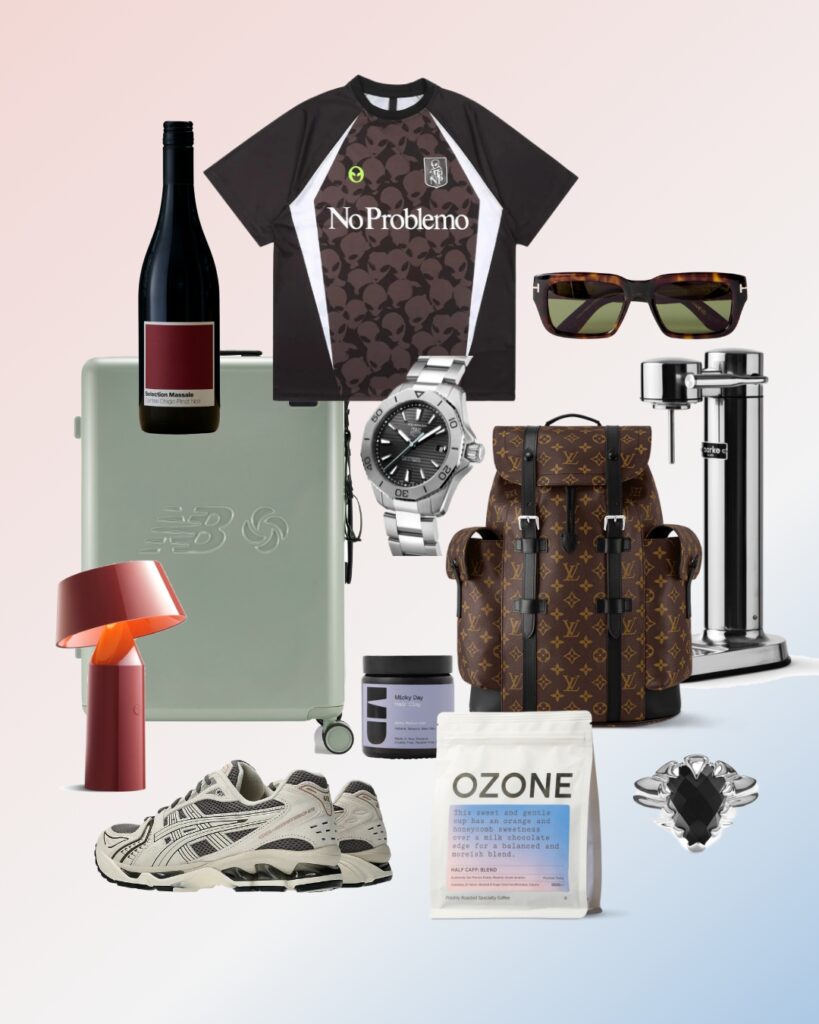Forget that career in banking.
It’s a bright October morning in Paris and Fashion Week is in full swing. Twenty-three-year-old Australian Margaret Zhang strolls through the 8th arrondissement and arrives outside the Grand Palais. A crowd has gathered in front of the historic exhibition hall, and as she approaches, a sea of faces turn and surge toward her, their cameras clicking away furiously.
With a quilted Chanel bag swinging from her hand, she climbs the steps into the cavernous building, breezes past the security guards and takes her seat at Chanel’s spring/summer 2017 show. Zhang doesn’t work for Vogue, nor is she a Hollywood actress, yet she has access to one of the most exclusive and sought-after tickets in fashion. So how does she do it? She has 800,000 followers on Instagram.
The social media platform, which launched six years ago, has swiftly become the preferred form of digital communication for millennials, and in recent years has been the breeding ground for a new career
title – the Instagram influencer.
With brands spending an estimated US$1 billion per year on sponsored posts, the Instagram economy is skyrocketing, particularly in fashion. Fast closing in on one million followers and with estimated earnings of well over $800,000 a year (not to mention the free clothes, book deals, paid appearances and international travel), Zhang is just one in a wave of people making big money posting selfies. With a captive audience that hangs on their every word (or picture), Instagram stars are beginning to be seen as a valuable marketing tool.
Despite achieving significant success through traditional advertising, brands have always known that word of mouth is powerful. People trust people, and when someone you like recommends a moisturiser to you, chances are you’re going to buy it.
“We’ve always known that peer-to-peer endorsement is the best possible marketing for any product,” explains Murray Bevan of fashion PR company Showroom 22, “But the whole thing now is its own entity, a billion-dollar industry.” When someone like Margaret Zhang snaps a selfie in a sweater and posts it on Instagram, that sweater can sell out in days. It’s that sort of influence that brands are prepared to pay good money for.

“You have a captivated audience,” says Julie Cooper of Johnson & Laird management. “Just like Lady Gaga’s ‘Little Monsters’, these followers are like mini armies.” Founded as an actors’ agency, Johnson & Laird launched their digital arm two years ago specifically to represent Kiwi social media influencers. The agency now represents 42 of them, including YouTube star Jamie Curry (@jaamiecurry, 479,000 Instagram followers) and beauty vlogger Shannon Harris (@shaaanxo, 1.4 million followers).
Described in marketing circles as ‘bridging the gap’, social media influencers connect brands with consumers, which until recently was very difficult to do. “These millennials are on their phones,” says Cooper, “They want to be able to Google stuff or ask Shannon: ‘How do I put on a winged eyeliner?’ They want to reach out to their peers for advice.” And Shannon’s advice is particularly valuable – a recent guest appearance in Australia saw hundreds of fans storm the mall she was promoting, and when she posted about Benefit’s new collection of brow products, the surge in traffic to benefitcosmetics.com crashed the site.
Johnson & Laird aren’t the only agencies representing influencers. Populr – an Auckland agency purely devoted to social media influencers – opened in August, and all over the world agencies are popping up that have only influencers on their books.
For Palmerston North teenager Maia Cotton, getting an agent in Australia opened the door to earning money via Instagram. Having been on the site since her early teens, the model saw her following (44,500) begin to grow significantly around 2014, and at around 10,000 followers brands began to call by with free product. “At the time I was 15 and I was like, ‘Oh my god, that sounds like the most amazing thing ever. I get free clothes and all I have to do is post on Instagram’,” says Cotton. “And then I remember the first brand that asked what my fee was. I was like, ‘What? You can get a fee for this?’”
Ima Asali of Mellow Cosmetics launched her brand two years ago via Instagram and markets her product almost solely via influencer partnerships. “Anything above 10,000 followers we send out free product, and anything above 15,000 followers we’ll pay for,” explains the Auckland mother of two, whose business is now soaring.
With 300 influencers on her PR list, she pays up to $7000 per Instagram post and up to $25,000 per YouTube video, which seems like a lot, but it works. “It’s fascinating to see how the followers just buy what they [the influencers] advertise,” says Amali, who for every dollar spent on Instagram influencers sees a $2-3 return in sales.

And Asali’s isn’t the only brand that has seen a meteoric rise from influencer partnerships. Auckland 23-year-old Iyia Liu began selling waist trainers via Instagram, and after paying Kylie Jenner $300,000 to wear one in a single Instagram post, has grown her company, Waist Trainer NZ Aus, into a multi-million dollar business.
“The more followers you have the bigger your fee would be, but to even get paid you have to have a big following,” explains Maia Cotton, who like Jaime Ridge (47,400 followers) makes good money from her Instagram account, but not enough to live on – yet. She estimates a living could be made once you reach around 100,000 followers.
In America it’s a legal requirement to disclose any social media partnerships (New Zealand doesn’t have this law yet), and the Federal Trade Commission has suggestions for how to tell your followers a post is sponsored. With Instagram, however, the rules are still very vague. The way they should be disclosed is up for debate, and with some influencers using hashtags – #sponsored, #partnership, #ad, #SP – some writing “thanks”, and others simply tagging the brand, it can be difficult to tell whether a post is sponsored or not.

@shaaanxo wearing @mellowcosmetics
When it comes to fees, Cotton won’t disclose how much she earns, and this is a common trait amongst influencers. “I think people are cagey about it because, for me, I don’t want my followers to think it’s not real because I’m getting paid,” she says.
Jaime Ridge, like Cotton, insists that she only accepts sponsored post deals with brands or product that she genuinely likes. “I’m very selective with who I partner with,” says Ridge, who turns down around 90% of brand partnership opportunities that come her way. “It’s very much a genuine partnership. I would never partner with anyone or anything that I wouldn’t personally endorse.”
It’s a stance that Cooper agrees is imperative in order to build a following and retain trust with your followers. “It’s about trying to make sure your brand is always the most important part,” says Cooper, “Otherwise you might as well go get a Kmart catalogue.”
However with a minimum of one in five of an influencer’s posts being paid for, and the sponsored content filling our feeds feeling increasingly less organic, Murray Bevan thinks we’ll eventually reach saturation point. “What I truly think is that there will be an eventual backlash by younger audiences … they’ll say: ‘Enough is enough, we’re seeing too much. Give me less, give me better, slow it down, mean something to me’.” But in the short term, with more brands popping up on Instagram and more money to be made, the era of the influencer is only just getting started.












